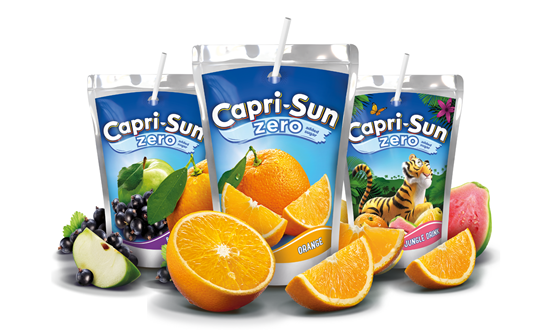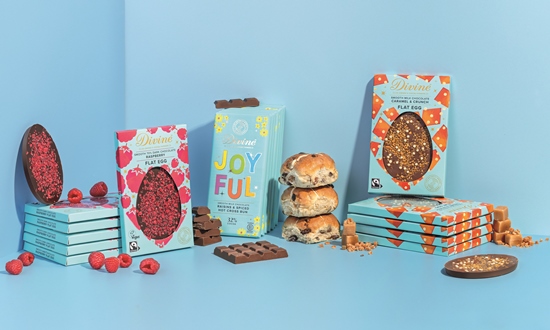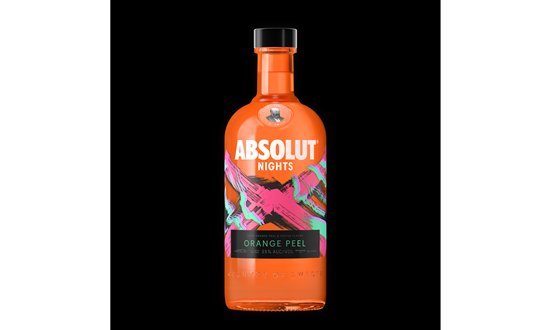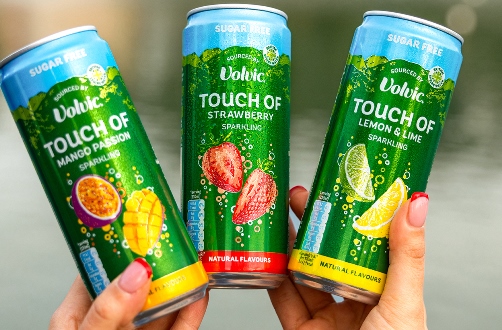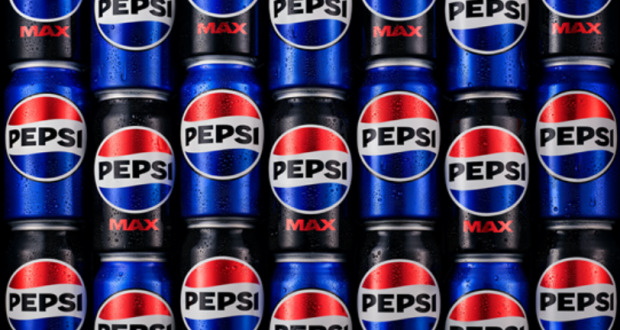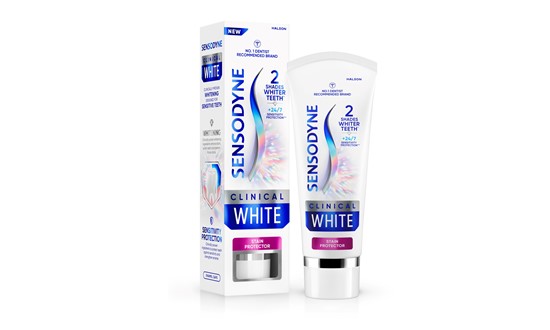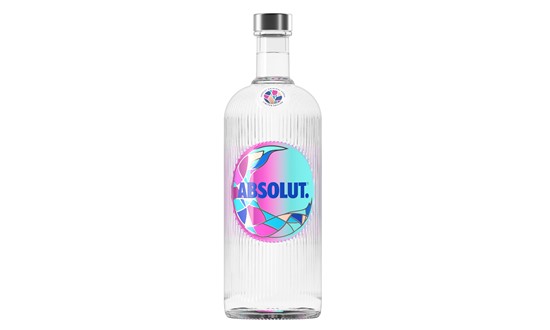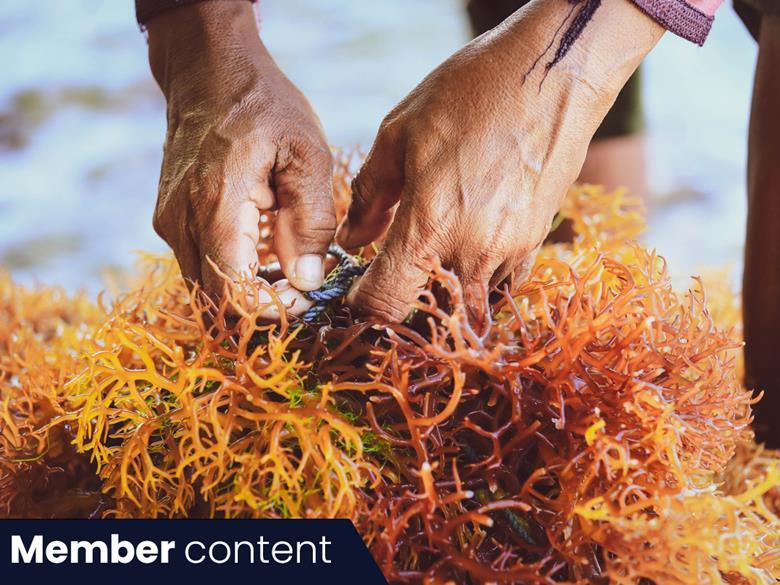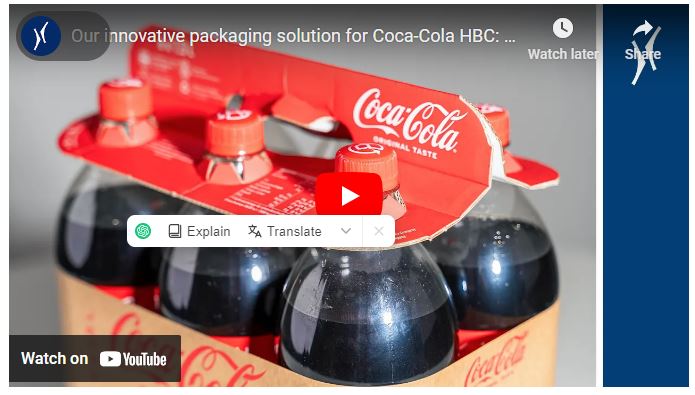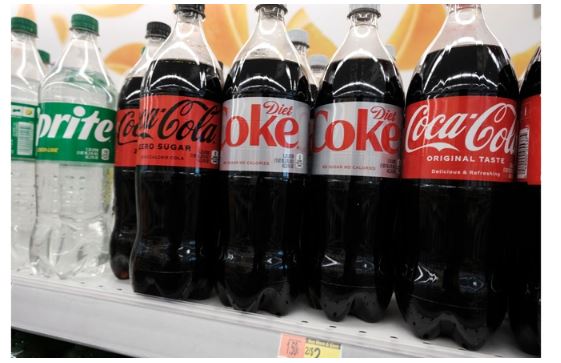In the latest edition of the Brief, we cover everything we know about seaweed-based packaging so far – how it works, where its sustainability claims come from, what designs are currently on the market, and the developments to look out for in the future.
This article is part of Packaging Europe’s membership tier – a brand-new series of briefings and in-depth reports on the most important packaging stories, plus recordings of all the industry-leading discussions from our 2023 Sustainable Packaging Summit. To become a member and access more content like this, click here.
What is seaweed packaging?
Seaweed grows naturally in both the sea and freshwater without requiring any additional substances to grow. When grown sustainably, it is expected to contribute towards the reduction of fossil-based plastics through the production of thermoplastic monomer PLA, to name one example; its vitamin, mineral, and fibre contents are also thought to make it compatible with edible packaging applications.
As they are a source of polysaccharides, seaweeds are anticipated to serve as a raw material or active agent – perhaps a better and more sustainable solution than their chemical alternatives. Due to their natural antioxidant properties, scientists say that polysaccharides can also minimise lipid oxidation and increase the shelf life and nutritional value of packaged food.
Three main types of seaweed exist – red, brown, and green. Scientifically speaking, these pigmentations fall under the respective categories of rhodophytes, ochrophytes, and chlorophytes. Red seaweeds contain sulphated galactans that are largely applied to biopolymers for food industrial applications – also containing gelling, emulsifying, and thickening properties that apparently make them useful in food and medical applications.
Meanwhile, polysaccharides derived from brown seaweed are thought to influence the properties of film packaging and join compounds like citric acid and enzymes in the production of active packaging – a process that, according to research, has the potential to be sustainable. When applied to packaging, they are said to increase hydrophilicity, or solubility in water, as well as enhance its mechanical properties such as tensile strength and elongation at break.
Various scientific studies have examined the specific qualities exhibited by seaweed-based packaging; a blend film made with chitosan and kappa-carrageenan apparently produces flexible packaging with a smooth finish, high tensile strength, and improved water resistance. In particular, the kappa-carrageenan cuts down the water vapour permeability, water solubility, and elongation at break. The addition of the organosulfur compound allyl isothiocyanate also improves the gas barrier and coating properties.
Specific types of seaweed, such as Himanthalia elongata – more commonly known as thongweed, sea thong, or sea spaghetti – inhibit the growth of gram-positive and gram-negative bacteria. This means that their cell walls respectively retain and do not retain the crystal violet stain used in the Gram staining method for bacterial differentiation, and because of this, the thongweed could be used as antimicrobial packaging.
But why seaweed?
Other sectors are already producing seaweed waste; for instance, the food industry adheres to strict quality standards that result in inedible seaweed falling by the wayside. If this re-enters the natural environment, it could have a detrimental effect on marine life.
This is because the rising demand for seaweed is stimulating its cultivation. According to Data Bridge Market Research, “the increasing shelf life of products in the absence of additional logistical support is a major factor driving growth in the global seaweed-based packaging market during the forecast period [2022-2029]”, as well as the increasing concern for sustainable packaging solutions, changing legislation and government policies, and “the establishment of a base for raw materials such as plant-based sources”.
The ability to process seaweed into various forms is anticipated to be another reason behind its market growth, yet Data Bridge Market Research warns that market progress has been slowed due to a temporary lull in production resulting from the COVID-19 pandemic – as well as the apparent superiority of plastic alternatives in terms of tensile strength. Nevertheless, the organisation anticipates that seaweed-based packaging will reach a market value of US$613.42 million by 2029, and DS Smith places the European figure at €9.4 billion by 2030.
Sustainability is also a driving factor. Material innovation company Kelpi explains that seaweed does not require arable land, fertilisers, or fresh water to grow, and is carbon-absorbent. In theory, this results in a renewable, sustainable, and carbon-negative process that deacidifies and deoxygenates the ocean, saves valuable resources, and provides a source of carbohydrates for the production of biomaterials.
“If we cultivated seaweed across just 9% of the world’s oceans, we could remove 53 billion tonnes of CO2 annually from the atmosphere,” claims Vincent Doumeizel in his book La Revolution des Algues. “That’s more carbon sequestered than is currently being emitted.”
An impact report by Notpla has suggested that its own seaweed-based packaging designs have saved 2.83 million single-use plastics from leaking into the environment; furthermore, that its products have displaced 4.4t of plastic in 2022, and that 19 tonnes of CO2 equivalent were avoided by sales of Notpla coating last year. It also conducted an LCA that claims a 70% impact reduction in comparison with traditional paper packaging; an 88% and 72% cut in CO2 equivalent compared to paper and a Heinz ketchup sachet, respectively; and an 88% difference in land impact compared to PLA lining.
Nor is widespread seaweed cultivation thought to take up much space. If Seaweed for Europe’s prediction that European seaweed farming will utilize anywhere between 2.8 million and 8.3 million tonnes of fresh seaweed across various sectors is correct, Notpla calculates that this would require a cultivation capacity of between 7,700 and 26,300 hectares – at maximum, this would fit into the Atlantic Ocean approximately 404,790 times.
That being said, FutureBridge and PKG Branding make similar observations about the price of seaweed packaging. Currently, it costs more than plastic due to the necessity of manual processing. An increase in price could serve as a disincentive for companies to make the transition – or, for smaller organisations with less expendable income, it could become a complete roadblock.
Undecided also attributes the expense to the fact that the scaling-up of seaweed materials is still in progress. In most cases, it remains at pilot scale. For many companies, the chance to switch will not be immediate, but as trials, prototypes, and technological developments continue to emerge, it is not unthinkable that possibilities will arise in the near future.
So, who should we look out for?
Data Bridge Market Research’s report points to such European organisations as Notpla, Tomorrow Machine SE, and Mantrose UK as major players in seaweed-based packaging.
Back in 2014, Tomorrow Machine collaborated withthe start-up Infarm to develop an indoor farming system called Microgarden. Serving as a miniature greenhouse that can be folded and unfolded at will, the solution claims to be made of reusable plastic and uses a seaweed-based, clear agar-agar gel as a growing medium from which plants can absorb moisture – apparently meaning that growers will never need to water their plants.
Around this time, Notpla was founded, with the brand solidifying itself in 2019. Currently, its 30% paperboard material takes unspecified by-products of other seaweed-based production and optimizes their paper properties, adding them to a blend of pulp. The entire process is said to be free of synthetic additives that can impact the product’s biodegradability, like sizing agents and stabilizers – the production process is reportedly completed without utilizing chemical processing, and by extension, the paperboard claims to biodegrade in home compost environments in the span of six weeks.
Notpla’s grease- and water-resistant packaging formats with a plastic-free barrier made of seaweed have been adopted by Just Eat’s webshops in the UK, Austria, Poland, Germany, the Netherlands, and Ireland. The packaging was also distributed at the Women’s Euro final at Wembley Stadium; the Women’s Champions League Final in Turin; the Men’s Europa League final in Seville; and the Erste Bank Open ATP 500 tennis tournament in Vienna. Its Ooho edible bubble was also used by Lucozade Sport at its sporting events in 2018.
Since then, Notpla’s seaweed-based packaging has become the first material recognized as “plastic-free” by the Dutch Government in line with the EU Single-Use Plastics Directive.
FlexSea was nominated as a finalist in the pre-commercialized climate category of the Sustainability Awards 2022. Rather than producing its own materials in-house,it relies on red seaweed, which has apparently been cultivated at scale for over half a century – as opposed to brown seaweed, which is sourced from wildly harvested kelp or beached and partially decomposed sargassum – to produce a flexible bioplastic. Once again, the product claims to be home-compostable and biodegrade within eight to twelve weeks, even stating that it is natural enough to be edible.
In the same year, cleantech start-up Sway’s seaweed-based solution to replace petroleum plastics was selected as a finalist for a TOM FORD Plastic Innovation Prize – an award it would later go on to win alongside Notpla and Zerocircle. It describes its packaging as ‘rapidly compostable’ in both home and industrial environments, with the materials hoped to enrich the soil and counteract the environmental harm caused by conventional plastics.
Currently focusing on flexible, thin-film packaging, Sway applies its material to pouches, polybags, and product windows for food, clothing, and homecare products. It is certified at 100% biobased; colour, texture, and transparency customizable; and offers heat sealability and low permeability to air and oil.
As recently as 2023, Kelpi has received over £3 million in funding to contribute towards seaweed-based biomaterial coatings for recyclable and home-compostable food, drink, and cosmetic packaging.
So, too, is Go Do Good Studio commercializing a ‘plastic-free’ flexible material made from seaweed collected from India’s coastal regions. This solution also claims to biodegrade completely within eight weeks, offering an oil- and water-resistant, food-grade, and home-compostable material for the production of cling films, edible films, and transparent pouches.
Sourcing its seaweed from the Indian coast, the company aims to keep the supply chain short, support local fisher communities – a large portion of whom live below the poverty line – and tackle the 11 million tonnes of single-use plastic waste reportedly generated in the country every year.
Innovation is not limited to seaweed-dominant products, however. Seaweed cannot yet and does not intend to replace plastic in every single context, but serves as an alternative for certain applications, as in the internal coating of SUPA’s ‘plastic free’ eco-mate paper bottle. To prevent water damage, the coating consists of seaweed and natural plant latex, with biodegradable accelerators expected to drive its natural breakdown at end of life.
DS Smith previously trialled a production process for such natural materials as seaweed, following its research into how seaweed fibres can be implemented into paper and packaging products as an alternative fibre source to wood.
What comes next for seaweed packaging?
Seaweed is expected by Seaweed for Europe to result in a 5.4 million tonne reduction of CO2 and spare eutrophied European coastal waters from thousands of tonnes of nitrogen and phosphorus, protect coasts from erosion, and preserve biodiversity. The European seaweed industry could potentially generate around 150,000 jobs by 2030.
Adrien Vincent, programme director at Seaweed for Europe, stated: “It is important to distinguish harvesting of wild seaweed and seaweed farming. The former consists of harvesting seaweed from natural underwater forests and doing so in a way that allows for the resource to regrow naturally. Today, 99% of European seaweed production is harvested from the wild, but this part of the industry has been plateauing for the past decade.”
Therefore, he encourages the growth of seaweed ‘spores’ on underwater ropes and nets in a hatchery. He believes that this can be achieved on an even greater scale than is currently available – not only on coastlines but, as research and pilots are beginning to suggest, on large-scale seaweed farms offshore, possibly even integrating with windfarms. Industrial-scale biorefineries could contribute to an increased production of biopolymers, for example.
Oceanium is already on its way towards this vision with its ‘green and clean’ biorefinery technology. Sourcing seaweed from a network of farmers, its biorefining facility apparently takes advantage of the whole plant to produce nutraceuticals and cosmeceuticals, protein and fibre, and seaweed-based materials for bio-packaging.
B’Zeos has a similar, reportedly ‘green’ process of cultivating seaweed, then compounding materials and manufacturing packaging that claims to be home-compostable, recyclable, and even edible. The company is currently working towards the production of flexible film and paper coating. Late last year, it received €1.2k in Eurostars funding from the Eureka Network to develop its SeaweedPack R&D project in collaboration with its partner Moses Productos.
FlexSea’s seaweed-based, 3D-printable pellet for use in the prototyping of home-compostable materials is currently in its pre-commercialized stages. Made from red seaweed polysaccharides and a small amount of bio-based additives, it aims to outperform its home-compostable competitor, PHA/B, with its low processing temperatures and less demanding production process in terms of land, water, and chemicals.
FlexSea claims that the pellet is compatible with 3D printing nozzles instead of filaments, a solution thought to lower cost and energy consumption and preserve the integrity of polymer chains by negating the need to reprocess the material into filament form. Tests are currently being carried out regarding food contact and food migration accreditation alongside the highest compostability and ecotoxicity standards, the company says.
Sway adds that further progress in the seaweed space depends on researchers answering remaining questions about the ecological benefits and implications surrounding its use. These should inform the development of seaweed farms and the introduction of ecologically driven regulation. Also, stakeholders across the value chain, from farmers and product innovators to conservation organizations and policymakers, should discuss, debate, and establish a shared vision for the sustainable development of a seaweed industry.
Undoubtedly, there is still more to come where seaweed is concerned. Although it is a relatively new development in the packaging space, this solution theoretically ticks several boxes on the revised Packaging and Packaging Waste Directive’s agenda and claims to meet the varying needs of manufacturers across the industry. As it scales up further and releases more thorough sustainability credentials, this is certainly a new material to watch out for.
Source:
https://packagingeurope.com/features/the-brief-getting-to-grips-with-seaweed-in-packaging
